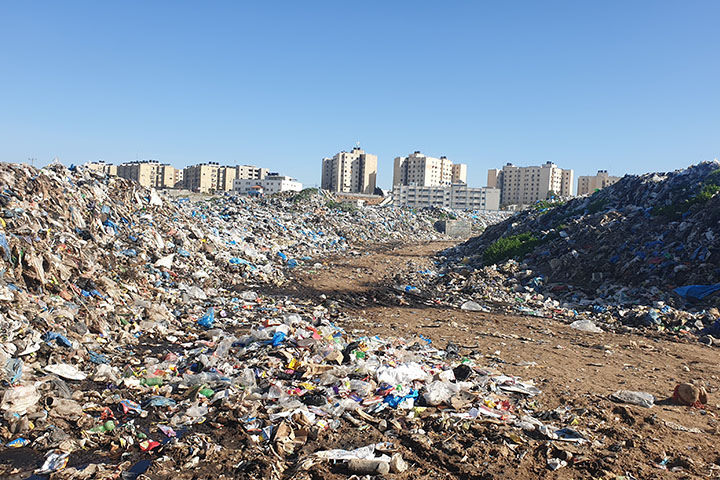(New Argonne study puts charge into drive for sustainable lithium production)
2021-07-13 アメリカ合衆国・アルゴンヌ国立研究所(ANL)


・ ANL が、世界最大のリチウム生産企業の一つであるチリの SQM との共同研究により、電池利用の輸送手段や EV の分野におけるリチウム生産プロセスとその長期的な環境持続可能性との関連性について調査・分析し、重要かつ斬新な識見をまとめた報告書を発表。
・ アンデス山脈付近のチリ北部に位置する広大な塩類平原のアタカマ塩湖から抽出したかん水ベースのリチウムをモデル化。リチウム濃縮かん水とその最終製品では、採用した資源配分方法によって、エネルギー消費量、温暖化ガス排出量、二酸化硫黄排出量、水資源消費量が大幅に異なることがわかった。
・ リチウムは広大な池で水分蒸発による自然乾燥を経て濃縮・不純物の除去後、材料やエネルギーを加えて炭酸リチウムと水酸化リチウムが最終製品として製造される。これらの製品は世界のカソード製造業者に出荷され、様々な電池材料に加工される。
・ 本報告書の示す調査分析結果は、リチウム製造の各プロセスの最適化に多大な影響を及ぼし、環境に優しい製品製造の可能性を提供する。国際エネルギー機関(IEA)は、主に世界的な EV の展開により、2020 年から 2040 年にかけてリチウムの需要が 40 倍に増加すると予測している。
・ また、現行の実務のベースラインを確立し、改善可能な領域を明確化した。さらに研究を継続することで、最も持続可能な方法によるリチウム生産のベストプラクティスの開発に役立てられる。
・ SQM は昨年、同社の持続可能性に関する意欲的な目標達成の支援について ANL に提案。同社のリチウム製品の CO2 排出量、水資源消費量およびエネルギー消費量に注視してバリューチェーンへの影響を調査し、2030 年までのカーボン・ニュートラルの目標達成に役立てる。
・ さらに、EV を始めとする輸送手段の電化への世界的な潮流における包括的な課題への対処も支援し、リチウム電池製造に関する知見を深め、e-モビリティーのバリューチェーンに関する重要な識見を提供する。
・ 本報告書の作成には、ANL のオープンソースモデリングツールである GREET(Greenhouse gases Regulated Emissions and Energy in Technologies)および SQM による詳細なデータと技術知見を活用。西オーストラリア州のスポジュメン鉱石からのリチウム抽出のモデル化のデータも追加した。
URL: https://www.anl.gov/article/new-argonne-study-puts-charge-into-drive-for-sustainable-lithium-production
<NEDO海外技術情報より>
(関連情報)
Resources, Conservation and Recycling 掲載論文(フルテキスト)
Energy, greenhouse gas, and water life cycle analysis of lithium carbonate and lithium hydroxide
monohydrate from brine and ore resources and their use in lithium ion battery cathodes and lithium ion
batteries
URL: https://www.sciencedirect.com/science/article/pii/S0921344921003712?via%3Dihub
Abstract
Life cycle analyses (LCAs) were conducted for battery-grade lithium carbonate (Li2CO3) and lithium hydroxide monohydrate (LiOH•H2O) produced from Chilean brines (Salar de Atacama) and Australian spodumene ores. The LCA was also extended beyond the production of Li2CO3 and LiOH•H2O to include battery cathode materials as well as full automotive traction batteries to observe the effect that the lithium production pathways had on these end products. The LCA here covers material, water, and energy flows associated with lithium acquisition; lithium concentration; production of lithium chemicals, battery cathode powders, and batteries; and associated transportation activities along the supply chain. Based on battery cathode material, the difference in lithium source represents a difference of up to 20% for NMC811 cathode greenhouse gases (GHGs) and up to 45% for NMC622 cathode GHGs. For full batteries, this represents a difference of up to 9% for NMC811 batteries and 20% for NMC622 batteries. Production of Li2CO3 from brine-based resources had less life cycle GHG emissions and freshwater consumption per tonne of Li2CO3 than Li2CO3 from ore-based resources. And LiOH•H2O produced from brine-based lithium also had less life cycle GHG emissions and freshwater consumption per tonne of LiOH•H2O than LiOH•H2O from ore-based resources.



